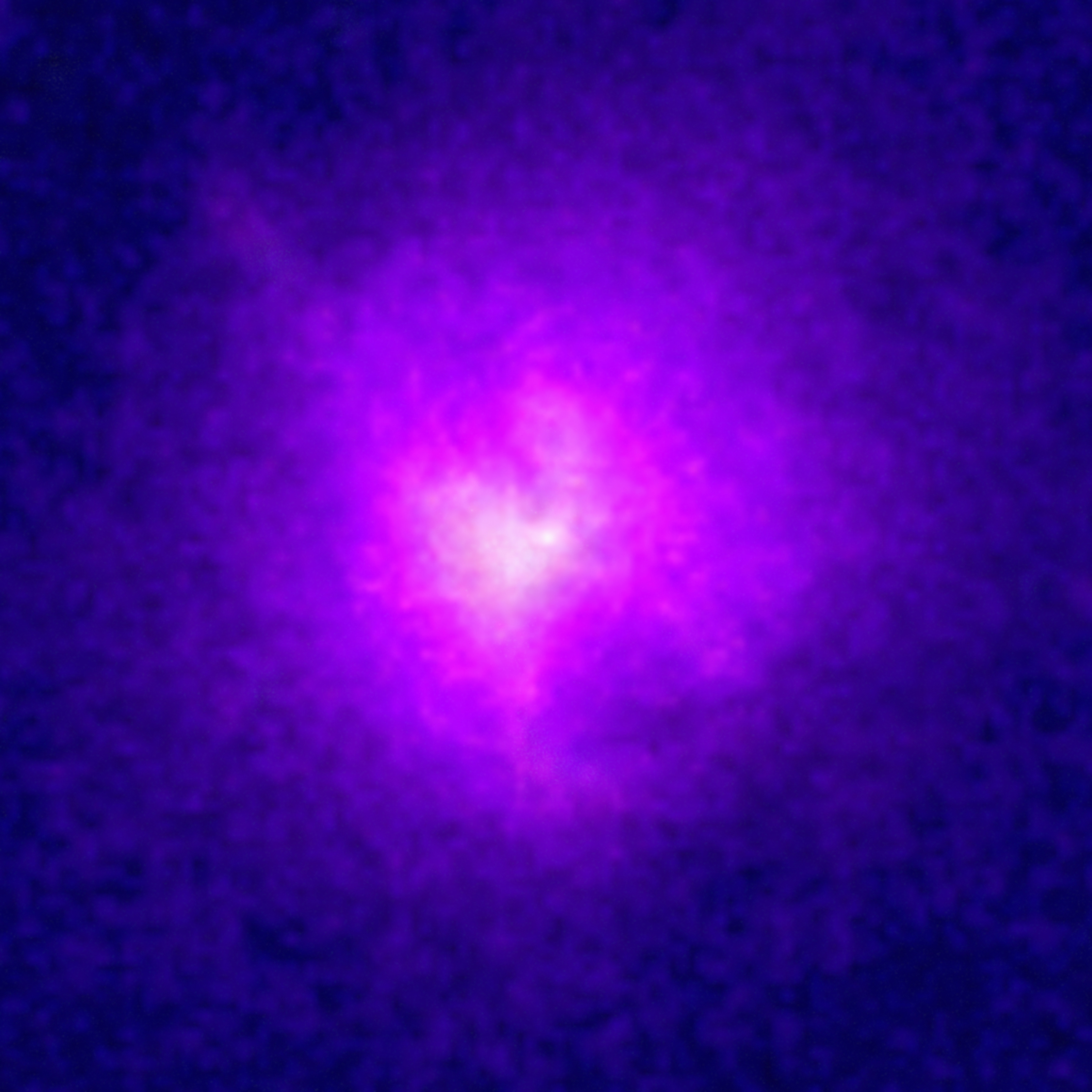Determining the Speed of Recession of the Galaxy Hydra

The light emitted by a galaxy contains a continuous distribution of wavelengths because the galaxy is composed of millions of stars and other thermal emitters. However, some narrow gaps occur in the continuous spectrum where the radiation has been strongly absorbed by cooler gases in the galaxy. In particular, a cloud of ionized calcium atoms produces very strong absorption at for a galaxy at rest with respect to the Earth. For the galaxy Hydra, which is 200 million ly away, this absorption is shifted to . How fast is Hydra moving away from the Earth?
- Speed of light is .
- Round your answer to the nearest integer.
- Give your answer in unit.
Image credit: Wikipedia .
The answer is 55406280.
This section requires Javascript.
You are seeing this because something didn't load right. We suggest you, (a) try
refreshing the page, (b) enabling javascript if it is disabled on your browser and,
finally, (c)
loading the
non-javascript version of this page
. We're sorry about the hassle.
Relativistic Doppler Effect:
3 9 4 n m 4 7 5 n m = c − v c + v
v = 5 5 4 0 6 2 8 0 m / s